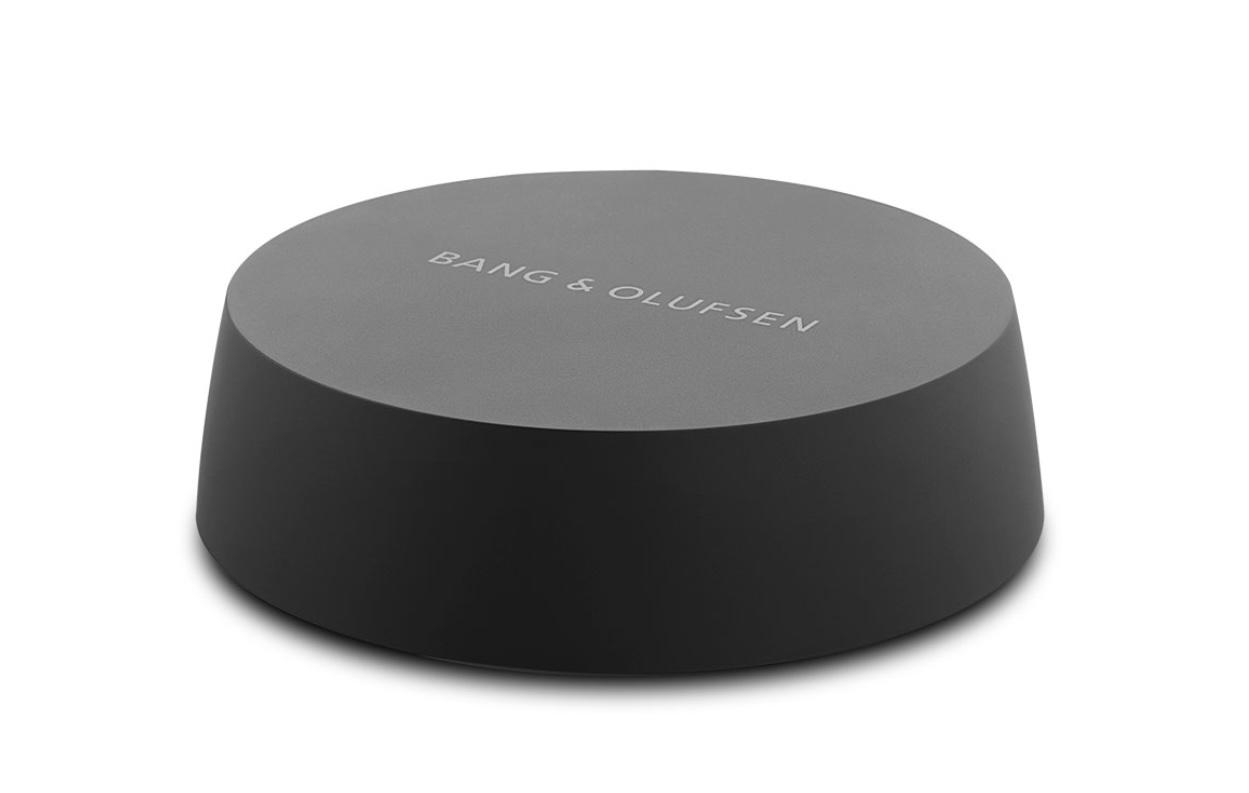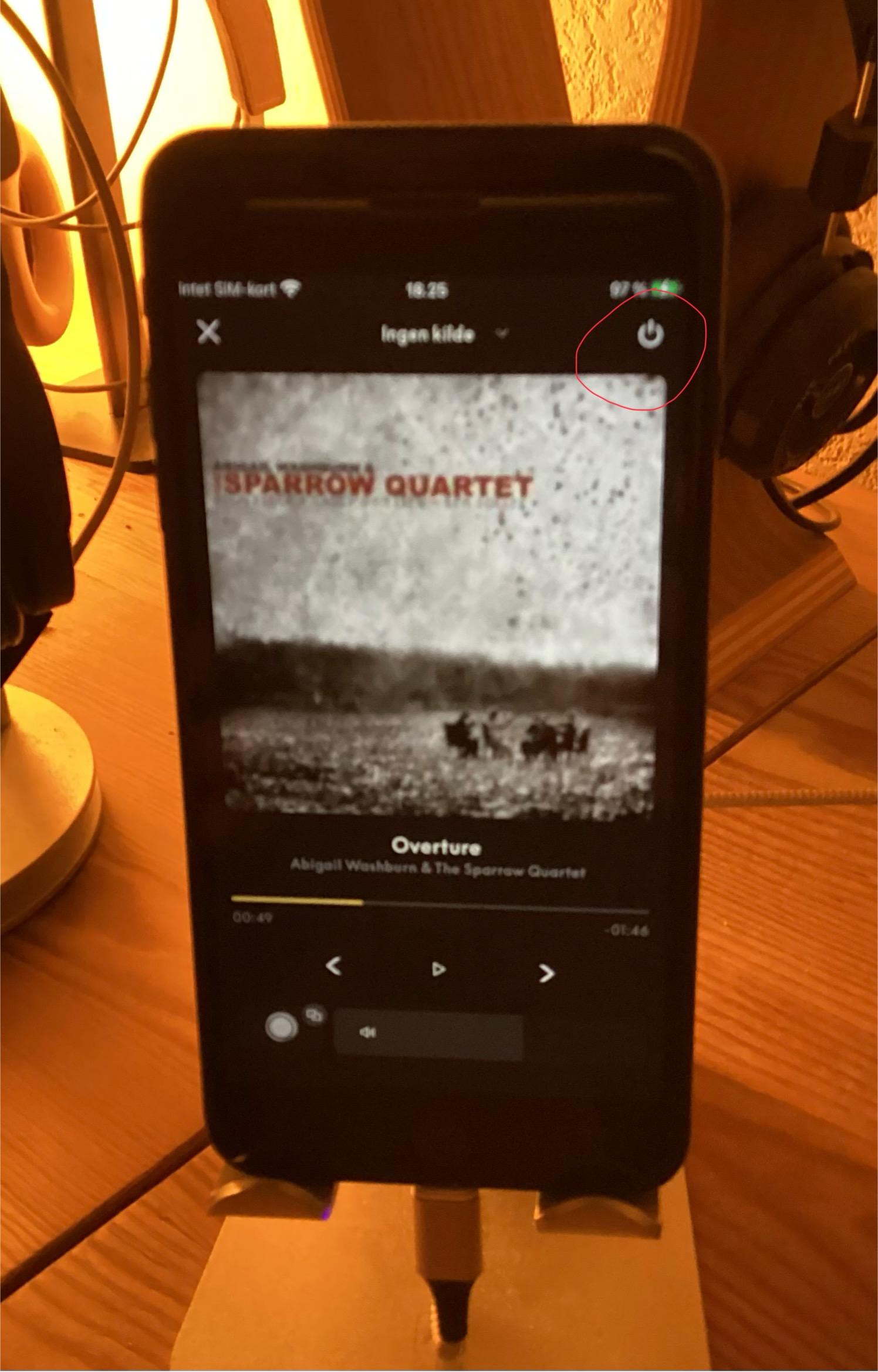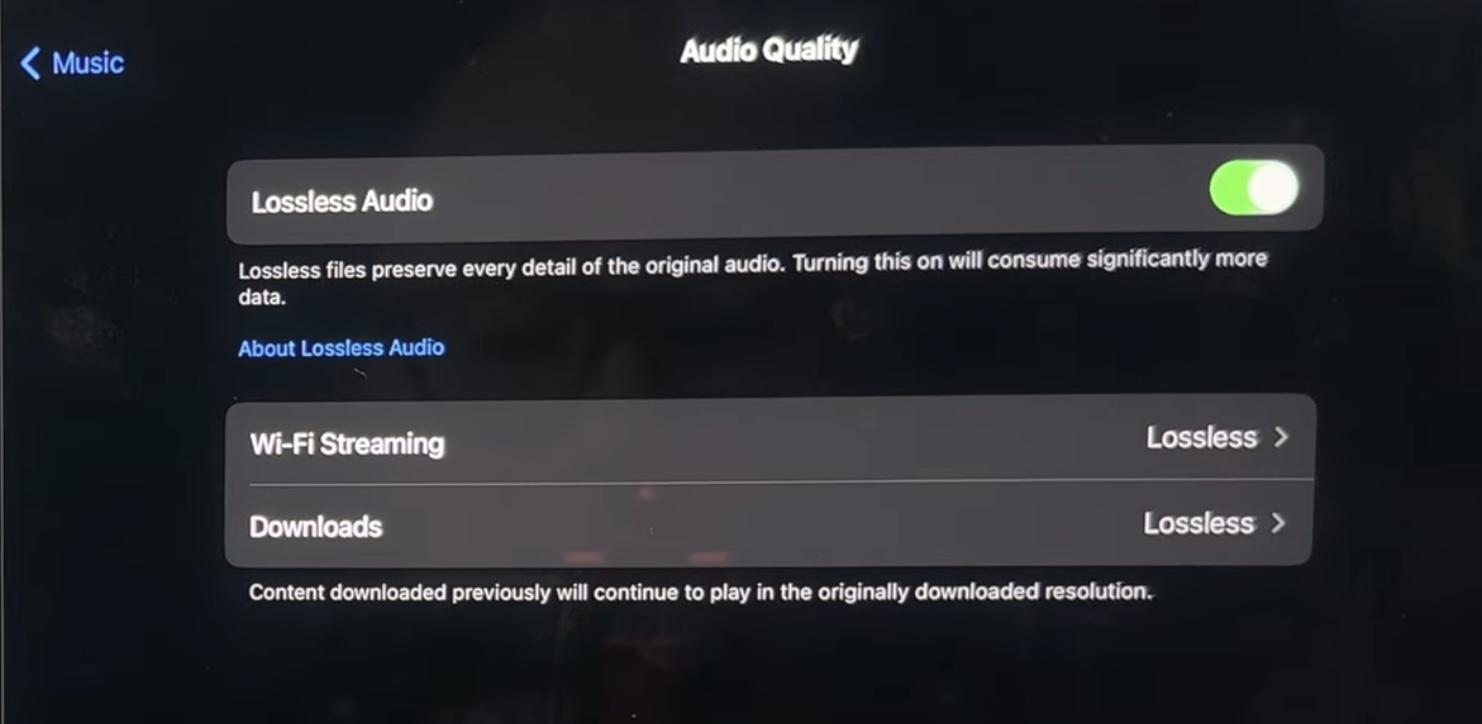Forum Replies Created
- AuthorPosts
-
Deleted
Audio options on the Chromecast /w Google TV under advanced sound options are:
- Dolby Digital
- Dolby Digital Plus
- Dolby Atmos with Dolby Digital Plus
- DTS
That’s all.
Would it be worth to try to connect audio from the audio extractor via spdif/coax instead of analog to the BV to get sound ?
Looks like those are settings for multichannel sound.
There must be a setting for ‘downmix to 2 channel’ somewhere.MM
Please see one proposed BO solution for main reception with BL5, BS9000
Whilst you can connect the 5’s to the core, you can not connect the BS9000 to the Core as in the drawing – the Powerlink port there is for sound out…..not for in!
Just connect the 5’s to the BS9000 (with optional digital connection).
The Core can then be connected to the 9000.MM
Sure there are some ‘real brains’ on the forum.
However, it is complicated to help further, when one is not on site.Maybe a forum member, who lives in London can give you a hint, which dealer/installer could do this.
London is big – there must be several dealers/installers.I know that Sandyb has had an installer helping him not that long ago.
Maybe send him a PM and ask him, if he knows a skilled installer.———
Where I have some troubles here, is to understand, what you plan for.
Under 1. above you write ‘Ideally be able to use BL5’s without having to turn on BS9000 each time to stream music from NAS and not use 9000 remote to adjust volume.’
I have tried a couple of times to explain, that this is not possible!Furthermore I did ask you about, what you call a Core (mentioned again under 2.) That seemed to me to be a BeoPlay Connection Hub.
I did post a picture with information about that earlier.
Sadly you did not comfirm, what device it actually is, that you have.
The Core looks like this….
…..and that is not the device in the photo, you posted earlier on.
It is a different kind of device – for another purpose.3. (and also 2.) Which tv are we talking here….a B&O tv, or?
Things like these have to be clear/correct in order to help you from afar.
MM
Are you sure that you can not set the sound out from the Chromecast/Googletv to PCM 2.0.
That is what the extractor accepts.MM
Here is another ‘mystery’.
What is the point of having a ‘Standby button’, if it does nothing?
Previously pushing this button resulted in device/the Essence and the app to go to standby..
Now it does not seem to do anything – this screen stays so after having paused the playback.
The device itself is in standby, though – as I can see on a device that (still) has the old app.
I would have expected the app to reflect the standby status of the device it has been controlling.Question for Mr Andersen:
Is this meant to be so….or is it a bug or something that does not yet work correctly?Note:
The app is set to always on in the settings.
MM
I suggest that you look for professional installation help on site from now on, before architect plans too much.
Since you are located in London, it should not be hard to find someone, who is skilled in B&O setups and network layout.MM
Hi All, It’s been a while since I’ve been on here, but I didn’t want to exclude you guys. Pretty soon, but no exact date set yet, I’ll be having a chat with Mr Anderson about the direction and state of the B&O app. I currently don’t really see the vision and with so many revisions in beta it leaves me a bit befuddled about where it’s going. So I was going to ask him about that and publish it on my YouTube channel. Since I can only do and ask so much from my own experience, I wanted to reach out to you guys and see if you had any questions and or suggestions you’d like me to ask the B&O App Team. Feel free to leave them here and I’ll do my best to get a satisfying answer to it
Kind regards, Michael / Mikipedi4
There is a lengthy thread about the app versions here that has been going on since september.
Enough stuff there to fill a whole Beotalk.Would you want us to repeat our troubles in this new thread?
I’d say, if Mr andersen had comtinoued to be in that thread – as he was in the begging – he’d know our questions.
Alternatively, you could read the thread to know, what people on Beoworld think of the new app.MM
Furthermore….those concerned about audio quality should know that one has to change this setting in Apple Music to ‘on’ – by default it is ‘off’.
Otherweise it won’t matter, whether you use a wired or a wireless (AP2) connection or not.

MM
For those without a Mac……..another way to do this could be to use an iDevice and an external DAC with a lightning input port such as the small Apple adapter – respectively the USB-C version of it.
There might be lightning DACs with a toslink output – I do not know of any.I wonder if one could connect the Essence Remote to the iDevice in order to control volume and – maybe – switch tracks…..wirelessly?
Just thinking out loud ?
MM
Again technically speaking if he want to feed the Core with a higher resolution music files from his Apple ecosystem, then he has, to my knowledge, skip AirPlay altogether and use the toslink connection.
With that I certainly agree.
But Leo asked: “is there any other way to get a lossless Apple Music signal into the Beosound core?”
And that was the question, I tried to answer.
I guess a lot of people prefer a wireless version (AirPlay) and also not many use a Mac as the daily music driver.For me the bigger question though, is whether the difference matters – and if not the convenience of wireless is worth it?
That is a question, that only the actual listener can answer.Maybe the mastering quality, the listening room and the speakers (and ones hearing ability) are the more important factors!
MM
If I have understood correctly, Airplay 2 is not lossless.
A google search on this is answered by someone at the RoonLabs community:
AirPlay2 can exist in two forms: lossless 16/44.1 ALAC or lossy AAC. It’s up to the app to decide.
Please post the source for that information.
Untill then try this link.
See here
and here
for the explanation that Apple Music can not be distributed via AirPlay 2.MM
If I have understood correctly, Airplay 2 is not lossless. This means that if I am using Apple Music on my iPhone and transmitting to my Beosound Core via Airplay 2, I am not listening to its full potential. what I have done is that I run a toslink cable from my Mac mini into the Beosound core. I could also run a toslink from my Apple TV into the Beosound core. is there any other way to get a lossless Apple Music signal into the Beosound core?
Technically speaking Airplay 2 is lossless because it supports formats up to 24bit and 48kHz (= above the resolution for CD).
to my knowledge the best method to play higher resolution with the Apple ecosystem will be the use of the toslink connection between the Core and the Mac mini
This is not a question about higher or standart resolution.
AirPlay 2 is always lossy – in order to have less strain on the wireless network and a better sync between the receivers.
A higher resolution distributed through APE2 would also be lossy (using AAC).MM
@Leo
That is correct – whether one will be able to hear the difference is another question, though.What you could do, is to connect an old AirPort Express via toslink to the Core and stream to that.
The APE is Airplay 1, when you only stream to that….no multiroom (as soon as you use multiroom, it is AirPlay 2 = lossy).What then would happen, when you use Beolink Multiroom from there, is not quite clear – years ago B&O wrote that Beolink Multiroom is distributed as CD quality.
However, that just says, that it is 16/44.1. It does not say anything about compresset (lossy) or not!MM
RJ45 is just a connector type – important is that it is a PowerLink connection.
There are lots of adapters/cables for RJ45 <-> DIN.
So that should not be a problem.You can also use a single Beolab speaker – for example a BL4000.
MM
That is not possible – unless you’d use the line-in connection of the Stage.
But it would make no sense – too fiddly and totally run contrary to the purpose of the Stage.
Why not just choose a Beolab center speaker such as the 7-4 or one of the 7-x line?
That would give you a powerfull center speaker with the Almando.If you are after the smart audio functions of the Stage, connecting a Core to the Almando would be the better choice.
MM
Es gibt zwei – oder eigentlich drei – Möglichkeiten!
Entweder den Powerlink Anschluss vom Core an A.Aux in BS3000 verbinden.
Oder umgekehrt, A.Aux vom 3000 zu line-in/Core – wenn ich mich recht erinnere, hat die A.Aux sowohl Ein- und Aus- Verbindung….das richtige Adapterkabel muss benutzt werden!Die dritte – und die weit aus beste – ist das Zwichenschalten von einem ML/NL Converter, der genau zu einem solchen Zweck damals gemacht wurde.
Den gibt es allerdings nur second hand – und muss erst ein mal konfiguriert/programmiert werden, bevor der richtig funktioniert.Persönlich würde ich – insbesondere wenn keine anderen ML- oder NL-produkte vorhanden sind – die erste Möglichkeit empfehlen.
Der Core müsste dann als ‘fixed line-out’ programmiert werden, damit der Volumenkontrol nur einmal vorhanden ist (in BS3000/Beo4). Die Quellen vom Core werden über die apps eines Handy/Tablet ausgewählt/kontrolliert. Die Lautsprechen sind beim 3000.MM
Please notice that a ‘7 Pin DIN Male to Dual RCA Male Cable Audio Adapter’ will have RCA connections for “in” and “out”.
Be sure to use the right pair of the RCA’s.P.S.
You do not ‘set the remote to option 6’.
You set the link device to option 6, which is done seperately for each of those, standing before the ir eye.
The red light of the ir eye should blink once as a respond to the option command.
Also see here.MM
Hi Leo
Thanks – I did not think of that.
Will try….if that can be done without damaging.Of cource I’d like to have the faulty one fixed – nothing that I will try to handle myself, though.
Must ask my dealer next time I am there, what he thinks.
Maybe it will be better to chase down another (functioning) table model.
The wall one – the wall one – was rather hard to find.
So I hope, that swapping the plastic parts will do the job.MM
- AuthorPosts
